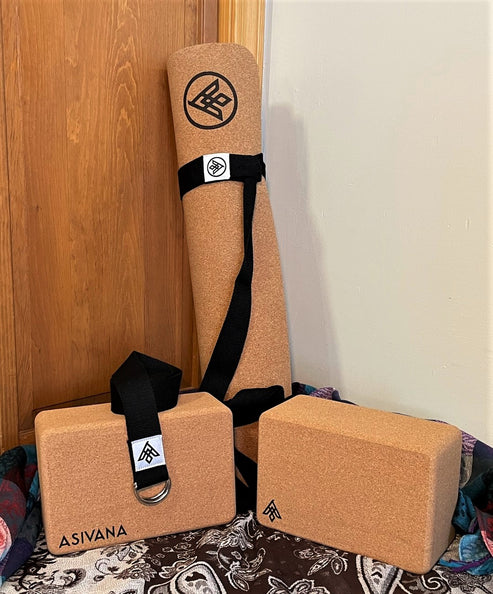What is Partner Yoga?
Jack UtermoehlShare
Partner yoga is a collaborative style that blends traditional yoga postures with mutual support, shared breath, and interpersonal connection.
Sometimes referred to as yoga for two people, this practice encourages communication, trust, and synchronized movement between partners.
Partner yoga can be practiced between friends, romantic partners, or even strangers. The emphasis is on physical connection and emotional presence—offering a unique way to deepen both your yoga practice and your relationships.
Each pose becomes an invitation to listen, support, and move with one another in unity.
Origins of Partner Yoga
While rooted in traditional Hatha yoga, Partner yoga draws influence from Thai massage, Acroyoga, and physical therapy techniques.
It began emerging as a distinct category in Western yoga communities in the late 20th century, evolving alongside the growth of relational and body-based wellness practices.
The philosophy centers on mutual presence, harmony, and shared experience—making it as much about interpersonal awareness as it is about physical alignment. The practice reflects the yogic ideal of union, extending that union to include others.
Yoga Essentials for Your Practice
Support your yoga journey with high-quality, sustainable props designed for comfort and stability.

Crafted from eco-friendly cork for durability and a comfortable practice.
$24
Shop Now
Includes everything you need to get started: a mat, blocks, and a yoga strap.
$120
Shop NowPartner Yoga Practice
Classes or home sessions typically begin with individual centering and warm-ups, followed by paired sequences involving synchronized breathing, mirrored postures, and assisted stretches. Communication and consent are emphasized throughout the practice.
Common Poses: Double Downward Dog, Twin Tree Pose, Partner Twist, Seated Forward Bend with Back Support, Partner Boat Pose
Partner Yoga Suitability
Experience Level: Mixed Level (Suitable for All)
Physical Demand: Balanced Activity
Mind-Body Engagement: Balanced Mind-Body
Adaptability: Standard Adaptability
Focus Area: Connection, Flexibility, Trust
Notes on Partner Yoga
Partner yoga improves flexibility and balance while strengthening trust and deepening relationships. It's a joyful, often playful, form of yoga that invites curiosity, support, and a greater sense of shared humanity.
Many practitioners find that it enhances emotional intelligence and helps heal relational dynamics in a safe, embodied way.
Partner Yoga may also serve as a gateway to deeper introspection and interpersonal healing when practiced with intention and mindfulness.
Similar Styles
Acroyoga, Hatha Yoga, Vinyasa Yoga, Restorative Yoga
Equipment Needed
Required: Yoga Mat
Nice to Have: Yoga Blocks, Bolster
Optional: Yoga Strap, Yoga Blanket, Eye Pillow
References
Partner Yoga: Making Contact for Physical, Emotional, and Spiritual Growth by Cain Carroll and Lori Kimata
Yoga for Partners: Over 75 Postures to Do Together by Jessie Chapman
The Joy of Partner Yoga by Mishabae Edmond and John Running






